When the body of a murdered woman is discovered by a river, a tenacious investigator is determined to pursue justice, even if it takes decades.
Episode Media
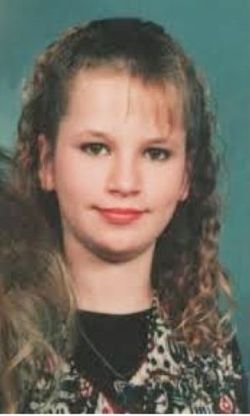
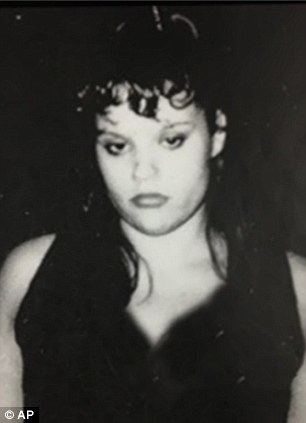
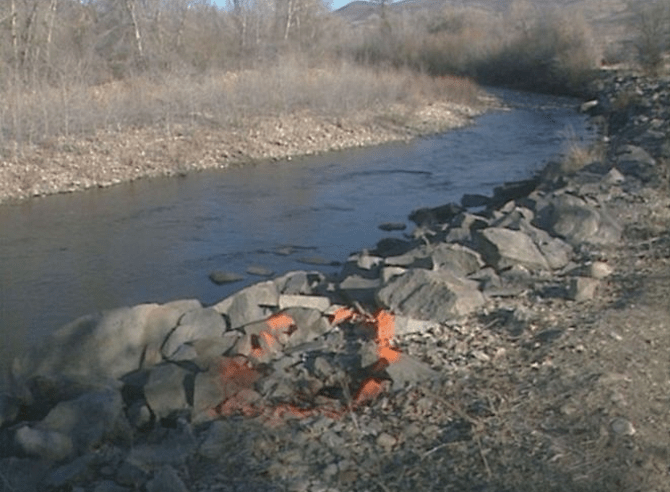
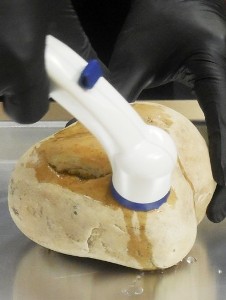
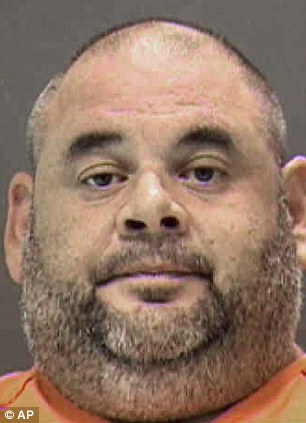
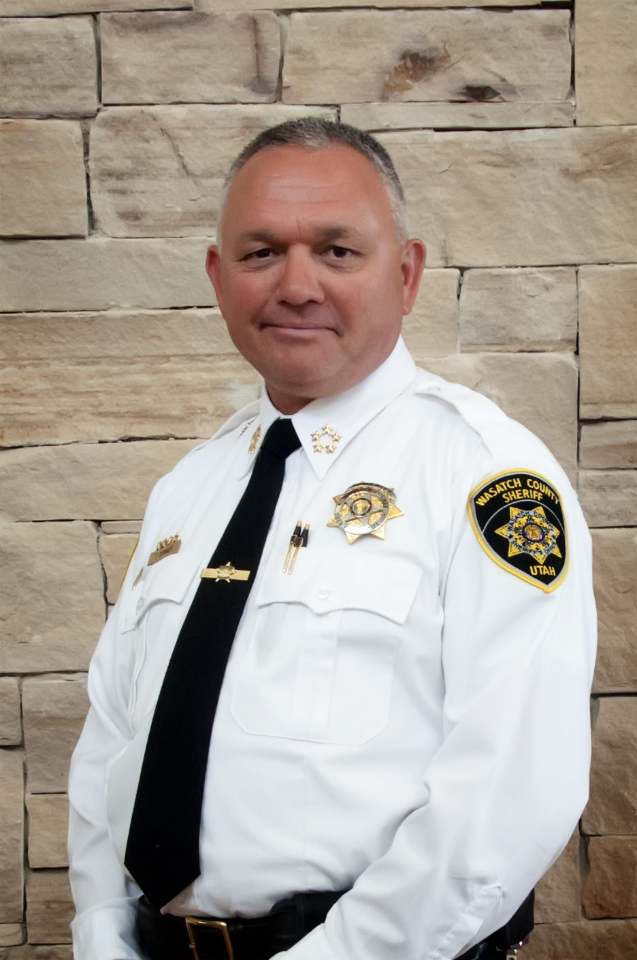
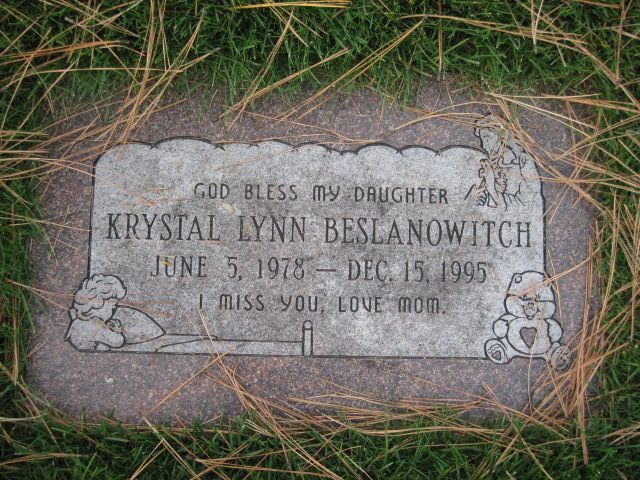
Episode Sources
- Officials Seeking Clues in Apparent Homicide
- Detectives Identify the Victim of Slaying
- Police Seeking Link Between Slayings of 2 S.L. Prostitutes
- Police unsure if slayings of prostitutes linked
- Spokane Teen Beaten To Death With Large Rock
- Wasatch County death is far from being solved
- The Murder of Krystal Beslanowitch – Forensic Tales
- Sarasota man accused of girl’s 1995 Utah killing
- M-Vac Systems DNA collection device helps solve 18 yr old Beslanowitch case
- 18 years later, police say a murder mystery is solved
- DNA solves 18-year-old Utah murder
- Forensic vacuum was key to solving Utah cold-case murder
- New Tech Solves 18 Year Old Utah Cold Case
- River Rock – M-Vac Systems
- Evolution of the M-Vac System – From Superior Collection of E coli to Helping Solve Crime
- M-Vac is sucking up DNA evidence needed to catch criminals
- Cigarette DNA helps end Utah sheriff’s cold case obsession in Sarasota
- More evidence sought against Utah cold-case murder suspect
- Ex-con to stand trial in teen girl’s 1995 killing
- Trial begins in Utah teen’s cold case killing
- Trial in teen’s cold case murder hinges on DNA, attorneys say
- Utah jury finds man guilty of teen’s 1995 death, now must decide his sentence
- Utah jury sentences man to life without parole for killing teen in 1995
- Murders Solved By DNA: Krystal Beslanowitch, 1995 – DNASU
- Cold case murder suspect found guilty
- Heber City jury convicts man of murdering teen in 1995
- The Crime Solver – Y Magazine
- Krystal Lynn Beslanowitch (1978-1995)
Episode Transcript
Welcome back to Bite-Sized Crime! This week’s case centers around a brutal murder and a determined detective who pursued justice for nearly two decades. This episode includes some graphic descriptions, so listener discretion is advised.
On the morning of December 16, 1995, a rancher and his son were hunting in Wasatch County, Utah, when they stumbled upon the body of a young woman. The woman was naked and covered in blood, lying on top of the large rocks that lined the banks of the Provo River. The rancher called the Wasatch County Sheriff’s Department, and investigators immediately began processing the scene.
Detective Todd Bonner was one of the first investigators to arrive. He observed that the woman’s face and skull appeared to have been crushed, possibly by one of the bloody rocks found near her body. Crime scene technicians collected several of the rocks in case one turned out to be the murder weapon. They also found a single pair of socks neatly folded nearby. But besides that, there was no other physical evidence at the scene, and no clear indication of who this young woman was and how she had ended up dead.
An autopsy revealed her cause of death to be blunt force trauma. It was likely that she had been killed approximately 10-12 hours before her body had been found, placing her time of death around 9pm on Friday, December 15th.
Investigators now had a murdered Jane Doe on their hands. The only clues to her identity were a ring on her finger and three distinct tattoos: a number 6 on her left hand, a series of arrows on her upper left arm, and two interlocking hearts with the name “Chris” above her left breast. Police decided to release sketches of the tattoos to local news outlets in hopes that someone may be able to identify her.
Meanwhile, about an hour south in Salt Lake City, a young man named Chris was searching for his girlfriend. Around 2am that Friday, Tracy Beslanowitch told Chris that she was going to walk down to the local Circle K and grab some food. It was only a few blocks from the motel Tracy and Chris had been living in since they arrived in Salt Lake City five months prior. Tracy was familiar enough with the area that she felt safe walking the short distance alone.
But when Tracy still hadn’t returned by Friday night, Chris started getting worried. It wasn’t like her to be gone for that long. Chris began knocking on doors at the motel, and even walked to the Circle K to see if she was still in that area.
Even though he was concerned about Tracy, Chris hesitated to call the police. However, when Sunday arrived and Tracy still hadn’t returned, Chris finally reported her missing.
Not long after that, Chris was watching the news and saw a segment about a Jane Doe who had been found in Wasatch County. He immediately recognized the familiar tattoos and realized what had happened to Tracy. He contacted the police and told them that their Jane Doe was Tracy Beslanowitch.
Investigators had a name for their victim; now they had the horrible task of contacting her family. They had a phone number for Tracy’s father in Spokane, Washington, but when they called, they were surprised by what he told them. Jane Doe was not his daughter Tracy – she was alive and well. The murdered woman in Wasatch County was most likely his step-daughter Krystal, who had a habit of using Tracy’s identity.
Investigators began piecing together her story. 17-year-old Krystal Lynn Beslanowitch had grown up in Spokane. She was a bright girl, and she dreamed of being a writer. But when she began hanging out with a tough crowd at a Spokane Junior High, her life began to spiral. By age 12, Krystal had started using drugs and was soon involved in prostitution. Over the next few years, she had multiple run-ins with the police; as a juvenile, she had been arrested for theft, prostitution, assault, and drugs. At some point, Krystal became pregnant and gave birth to a child, but her heavy drug use led to the child being taken away from her. Krystal eventually dropped out of school, and in August of 1995, she and her boyfriend Chris left for Salt Lake City.
Krystal had been looking forward to a fresh start in a new city, but she was quickly pulled back in to sex work. Using her half-sister’s identity allowed her to appear older – Tracy was 20 at the time. This ruse may have left Krystal especially vulnerable in a city as large as Salt Lake. She was known to frequent west North Temple, a popular location for sex workers, where she would have encountered all sorts.
As police began to investigate Krystal’s death, Chris was at the top of their suspect list. He was her boyfriend, but police suspected he may have been procuring sex work for her as well. Investigators also felt that Chris had lied to them about Krystal’s true identity. He had not revealed important details about Krystal when he had first reported her missing, and he wasn’t being honest about where Krystal had gone the night she disappeared. Krystal had not gone out for food like Chris had first stated; she had gone out to work.
Chris told police that he had lied to protect Krystal. Not only was she underage, but Chris was worried that if police knew she was a sex worker, they wouldn’t be as motivated to find out what happened to her.
Ultimately, there was no evidence that linked Chris to the murder, and police determined that he didn’t have any motive to kill Krystal. Chris was financially dependent on Krystal – she was the breadwinner by far. Also, Krystal was killed in a rural area nearly an hour outside of the city, and Chris didn’t have a car.
With Chris ruled out, police moved on to other leads. Detectives interviewed over 30 people in connection with Krystal’s case, including fellow sex workers who may have seen or heard something the night of her disappearance. Police soon learned about a local cab driver who was known to be infatuated with Krystal. The cab driver had told several people that if he couldn’t have Krystal, no one could. Although he had an unhealthy obsession, he was eliminated as a suspect when he could not be forensically tied to the crime scene.
Police also explored the idea that there may have been a link between Krystal’s death and that of 33-year-old sex worker Melissa Griggs. Melissa had been found murdered in a car on Salt Lake City’s west side just a few weeks before Krystal disappeared. Melissa worked the same North Temple area as Krystal, and the two may have even crossed paths at one time. But after some investigation, police determined that the two deaths were not similar at all, other than both women working in the same area. Investigators were once again at a dead end.
Detective Bonner worked as the lead investigator on Krystal’s case for two years. His team travelled all over the state, chasing down leads. But unfortunately, the trail led nowhere. The only evidence they had was a partial DNA profile of a foreign male that was found on the rock that had most likely been used to bludgeon Krystal. The use of DNA in criminal cases was still fairly new at the time; the now widely-used CODIS database was only a few years old. Since the DNA didn’t match any of the current suspects, police had run out of options. Krystal’s case went cold.
But in 2006, over a decade after Krystal’s death, her case was reopened. There was new technology available that allowed investigators to more closely examine DNA evidence from the crime scene. They were also able to get more DNA from under Krystal’s fingernails. Detective Bonner, who had not forgotten about the case even as he moved up in his career, was hopeful that these advances would generate more leads.
In 2009, Bonner was elected Wasatch County Sheriff. Two full-time detectives were working on Krystal’s case, and DNA technology continued to improve. But it wasn’t until four years later that investigators finally got their breakthrough.
By 2013, a new forensic tool was on the scene. A microbial vacuum known as the M-Vac System was starting to gain popularity as a DNA extraction tool. Originally invented as a way to collect pathogens from food surfaces to improve food safety, the M-Vac functioned like a “mini hurricane” – it quite literally vacuumed up DNA material from various surfaces so that it could be collected and analyzed. The M-Vac could collect significantly more DNA than swabbing alone – up to 88% more depending on the type of surface.
Sheriff Bonner heard about the M-Vac when Sorenson Forensics, a private lab in Salt Lake City, purchased the system and began to use it for DNA collection. Bonner requisitioned one of the machines in May of 2013 and had the lab test two of the rocks found near Krystal’s body. In July, the results came back – and there was a full DNA profile.
Sheriff Bonner ran the profile through CODIS and got a hit. Forty-six-year-old Joseph Michael Simpson had left his DNA at the scene of the crime.
Simpson was an ex-convict who had been on parole at the time of Krystal’s murder. In 1987, he was convicted of second-degree murder in the fatal stabbing of 26-year-old Paul Helminger in Clearfield, Utah. Simpson pled guilty and was sentenced to five years to life in prison.
In April 1995, Simpson was released on parole. Eight months later, Krystal’s battered body was found.
In June of 1997, Simpson was arrested in Nevada on drug-related charges and was sent back to Utah State Prison. He was paroled again three months later. By June 2003, Simpson had completed his parole requirements and was a free man.
Sheriff Bonner was sure that Simpson was responsible for Krystal’s death, but before he made an arrest, Bonner wanted to strengthen his case with more DNA evidence. He needed to find Joseph Simpson.
Fortunately, that wouldn’t be difficult. When Sheriff Bonner searched for Simpson’s name, he discovered that Simpson had filed as a criminal registrant in Sarasota County, Florida in 1999. Simpson had been living with his parents in Florida for the past 14 years, but records showed that he had returned to Utah at least once during that time.
Bonner and a fellow Utah detective flew down to Florida and set up surveillance on Simpson with the help of the Sarasota County Sheriff’s Office. On August 25, 2013, they followed Simpson to a smoke shop and watched as he smoked a cigarette and discarded it. Bonner collected the cigarette butt and brought it to Utah for DNA testing. The match was confirmed.
Sheriff Bonner returned to Sarasota on September 17th and arrested Joseph Michael Simpson on suspicion of aggravated murder. Then he made a phone call to Krystal’s family. Bonner said, “They were very relieved, very emotional, very happy that this is moving forward.”
Simpson was booked into the Sarasota County Jail until he could be extradited back to Utah. In October 2013, the state crime lab requested more DNA samples from Simpson so that they could validate the earlier results before the case went to trial. The Wasatch County Sheriff’s Office also requested to take a print of Simpson’s palm to compare it against a bloody print left on Krystal’s body.
Simpson’s trial began on September 15, 2016. Over the next two weeks, the prosecution laid out the DNA evidence for the jury, telling them that testing proved that Simpson had had sex with Krystal, and that his DNA was on the rock that was used to kill her. They also argued that Simpson was familiar with the area where Krystal’s body was found – at the time of her death, Simpson worked as an airport shuttle driver, and his regular route took him directly past the area where she was discovered. Simpson had also made statements to two other inmates, admitting that he had killed Krystal.
But Simpson’s attorney argued that the DNA evidence wasn’t strong enough to prove that Simpson was responsible for Krystal’s death. He acknowledged that Simpson had indeed had sex with Krystal, but that Krystal’s history as a sex worker meant that DNA from multiple men was found on her body. He also reminded jurors that trace amounts of DNA from other individuals had been found on the rocks at the scene. The defense insisted that Simpson was not the only suspect, and that the jury could not convict him on DNA alone.
After three hours of deliberations, the jury found Joseph Michael Simpson guilty of the murder of Krystal Beslanowitch.
During the trial, the jury was not allowed to hear arguments about Simpson’s previous murder conviction, since it could be considered prejudicial and could affect their decision. But during sentencing, the jury was told about the 1987 murder of Paul Helminger and that Simpson had been on parole for that crime when he had murdered Krystal. Deputy Wasatch County Attorney McKay King told jurors, “Mr. Simpson stabbed a man multiple times and left him lying there with a knife still in his back. And then, when he got out on parole, he took rocks to Krystal Beslanowitch’s head until she was his second victim.”
Jurors also heard directly from Simpson himself, who told them about his childhood and how his adult life had been plagued by depression and chronic health issues. He begged the jury to give him hope that he would one day see outside prison walls.
On September 30, 2016, Joseph Michael Simpson was sentenced to life in prison without the possibility of parole. He will spend the rest of his life in the Central Utah Correctional Facility.
When Simpson was arrested, the president of M-Vac Systems said, “Getting DNA from a cigarette butt is impressive, but collecting a full DNA profile from an 18-year old rock is amazing… Our hats are off to all of those involved in solving this crime, especially Sheriff Bonner. He never gave up, which is a credit to his profession and his department.”
In 2019, Sheriff Todd Bonner retired after 33 years in law enforcement. If not for his determination and pursuit of advanced DNA technology, Simpson would still be a free man, and Krystal may never have received the justice she deserved.
